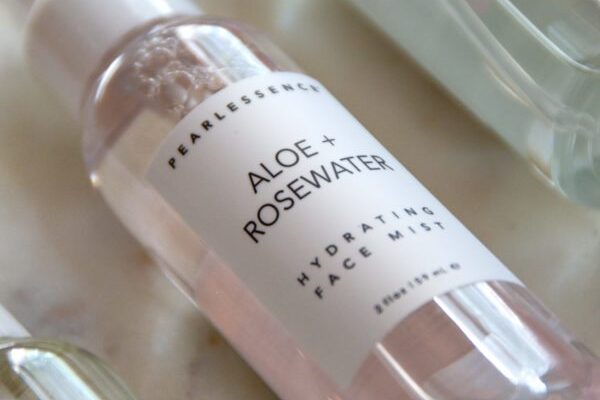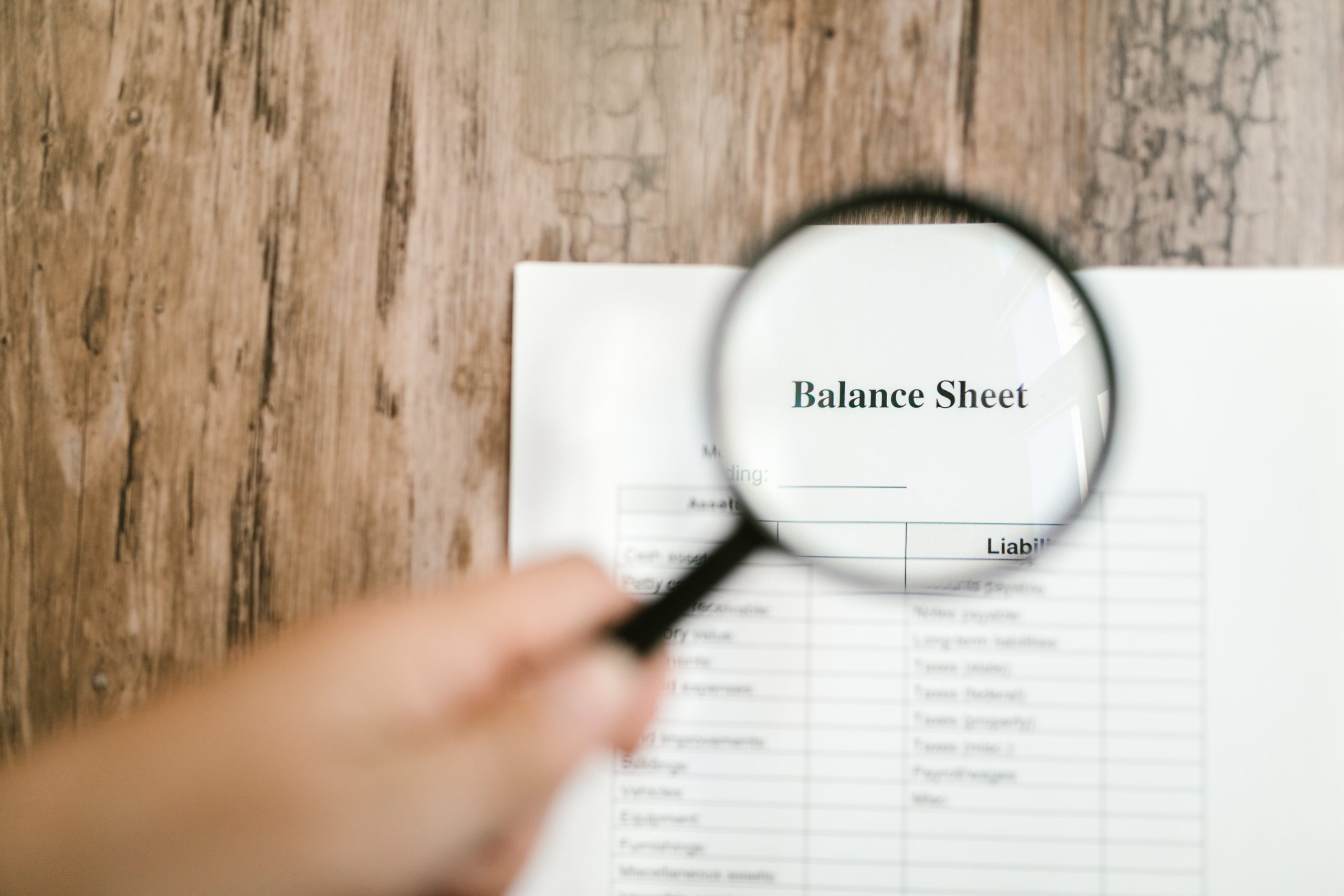When a company sells its products abroad, translating their labels is one of the most delicate processes they must carry out. Since labels contain sensitive information, it’s always a good idea to place this job in the hands of professionals. Below we explain all the complexities involved in this phase.
Aspects to consider when translating labels
Labels can vary depending on the industry. Generally, food and agricultural products have more extensive labels, since they contain more information. In the fashion industry, on the other hand, labels tend to break down the item’s composition. The same applies to pharmaceuticals. This being said, however, there are certain aspects all labels have in common:
- The name of the product. In other words, it gives information about what is being sold.
- Its composition and allergens. This is essential so that consumers can know what they’re purchasing. In this way, they can do so more safely and confidently, in case they are sensitive to one of the product’s components.
- Its storage and preservation methods. There will always be some products that are more delicate than others. Technological devices or food products will need to be kept somewhere dry. To prevent them from spoiling or getting contaminated, on the label you’ll have to properly indicate where to keep them, when to use them, and how to store them to prolong their service life.
- The best before date. This applies to perishables.
- The country of origin. This is where you indicate where the product was manufactured.
- Instructions for how to prepare or use it, if necessary.
The instructions, one of the most important elements on a label
There are certain items that don’t require long labels; instead, they may come with a small leaflet or an instruction manual. This tends to be the case for medicines or other pharmaceuticals. Generally speaking, the labels for these items will follow the same guidelines as food products, just with greater precision, since medicines tend to have counterindications. The following should be included:
- Composition. Each of its ingredients must be properly indicated.
- The method of use. This should indicate how frequently the product should be used, doses, its preparation, or how to ingest the medicine.
- Preservation, counterindications, and expiration date so that no users end up consuming it in bad condition.
Why should you trust professionals with the translation?
Labels contain key information that both experts and end users need to understand. This can be achieved when a fully accurate translation is carried out in which the right terms are used, preventing misunderstandings or multiple interpretations. In this context, working with native translators and professional agencies is essential to avoid possible legal or commercial complications.
All in all, the translation of labels is one of the most sensitive tasks that needs to be carried out for a product. In this way, you can inform users, in detail, about its composition, preservation, use and assembly methods, as well as other information of interest. Do you need a hand? You don’t need to look any further. Blarlo can help!






